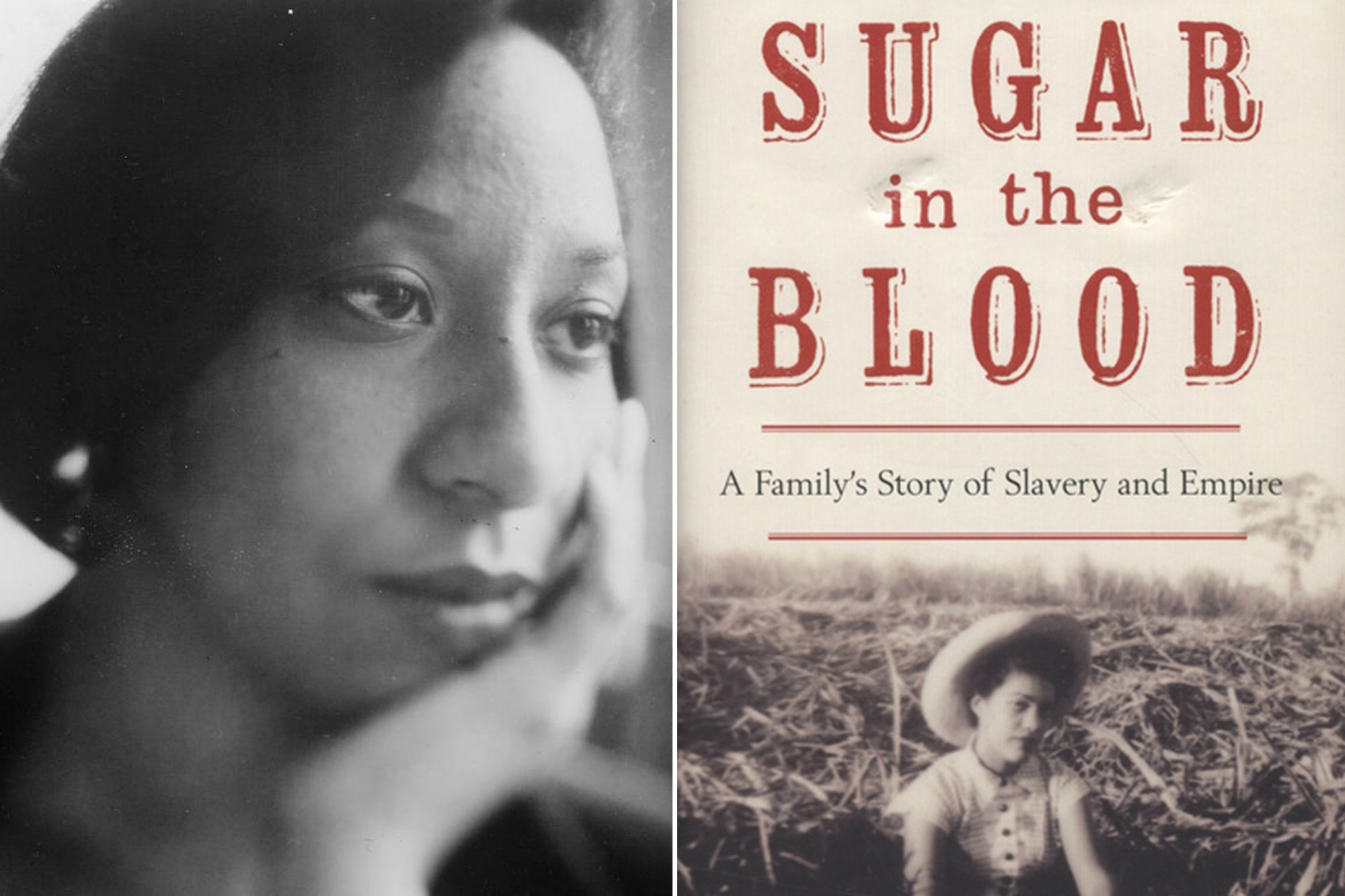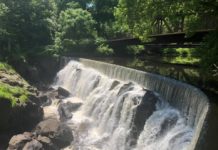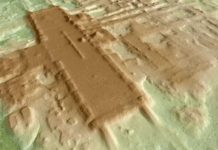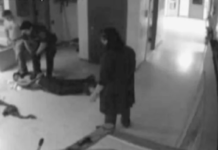Hunting North American Indians in Barbados
Patricia Penn Hilden
University of California, Berkeley
May, 2002

“However scarce, Indians continued to be captured and sold to Barbados. After the 1670 founding of Charlestown by Sir John Colleton and his fellow Barbadians, dozens more landless Barbadians flocked to the area where they quickly replicated Barbados economic and social practices. Anthony MacFarlane tells us, “there was…an ominous sign that [Carolina] would eventually follow [Barbados’s] path, in that the settlers took Indians as slaves, both for their own use and for export to the West Indies.”10 As commodities on the slave market, Indians were quite valuable. In neighboring Virginia in that era, “a child was worth more than her weight in deerskins; a single adult slave was equal in value to the leather produced in 2 years of hunting…By the latter half of the 17th century, if not before,” Joel Martin reports, “slavery was big business in Virginia, an important part of the English trading regime.”
Marking the historical moments when the British sold captive Indians into the Caribbean slave trade is possible. Every single rebellion against the invaders, beginning with the first organized resistence to the Virginians at the beginning of the 17th century and continuing through the Pequot genocide (1630s), and Metacom’s Rebellion (1675-76), produced Indian slaves for the Caribbean trade. The slave trade was extensive. There is room here for only a few examples. The Carolinians waged a long struggle with Spain in Florida, the fruits of which were often captive Indians. Between 1702 and 1707, thousands of missionized Indians – already trained into docility and servitude – were sold into the Caribbean. The next year, Englishmen in the Carolinas seized between 10,000 and 12,000 more Christianized Indians and quickly dispatched them to slave islands in the West Indies. The Tuscaroras and Yamassees were so afflicted by these English colonial practices that both nations went to war to try to stop it. Both paid a heavy price, though the Tuscaroras survived. When they inevitably lost their 1711 war, the entire surviving population managed to flee north where they found refuge with the five nations of the powerful Iroquois Confederacy, ultimately surviving as the sixth nation of a confederation that continues today. The Yamassees, some of whom were part of the missionized Indians captured earlier, waged a long war against this slave trade, a war that lasted from 1715-28. They paid the ultimate price, their defeat signaling the virtual disappearance of the Yamassee nation though some survivors fled to other nations or to one of the hundreds of maroon communities across southeastern North America. A few years later, the defeat of the great pan-Indian rebellion of 1736-66, led by the famous war chief Pontiac, sent still more Indians on their way to Caribbean cane houses and cane fields. And from all the other invaded regions of North America came more rebellions, more slaves.
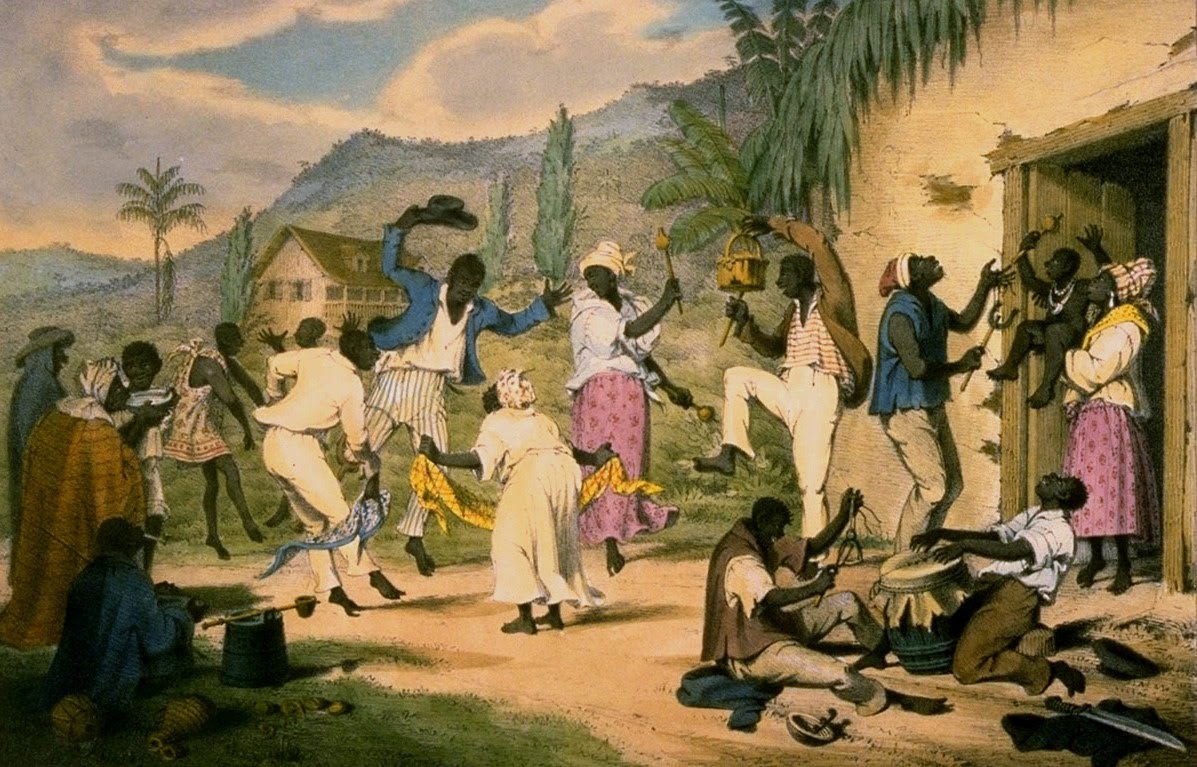
All the years between these markers, all over North America, slave raids and violent conflict produced humans for sale. The “Plantation Records” of the Barbados Museum and Historical Society carry these few documentary fragments. In 1630, John Winthrop sold an Indian to John Mainford of Barbadoes. Two decades later, Richard Ligon visited the island and recorded his “true and exact history”, published upon his return to London in 1657.12 Ligon recorded many encounters with “Indian” slaves, many working in the houses of his hosts. One woman taught him how to make corn pone by “scaring it very fine (and it will fall out as fine as the finest wheat-flower in England….).”13 Indian men slaves made “perino”, a drink “for their own drinking…made of Cassavy root, which I told you is a strong poyson; and this they cause their old wives, who have a small remainder of teeth, to chaw and spit out into water….”14 Ligon liked the Indians he met. He remarked, “As for the Indians, we have but few, and those fetcht from other Countries;…which we make slaves; the women who are better vers’d in ordering the Cassavie and making bread then (sic) the Negroes, we imploy for that purpose, as also for making Mobbie: the men we use for footmen and killing of fish, which they are good at; with their own bowes and arrows they will go out; and in a dayes time, kill as much fish as will serve a family of a dozen persons two or three dayes….They are very active men, and apt to learn any thing sooner than the Negroes….they are much craftier and sutiler then the Negroes; and in their nature falser; but in their bodies more active…
